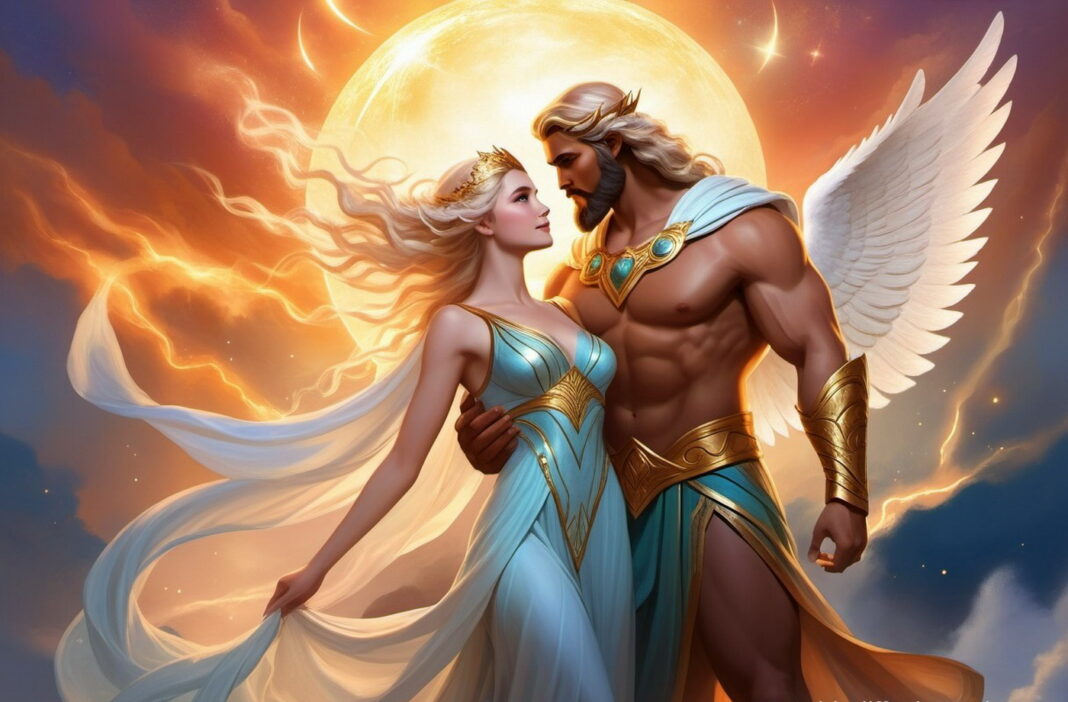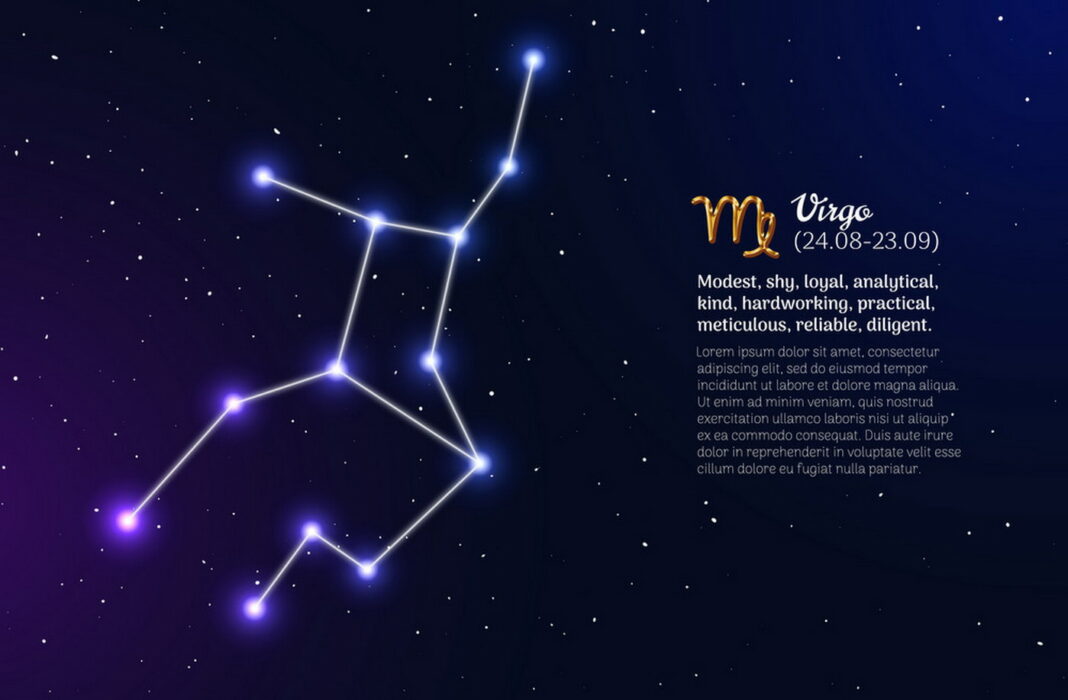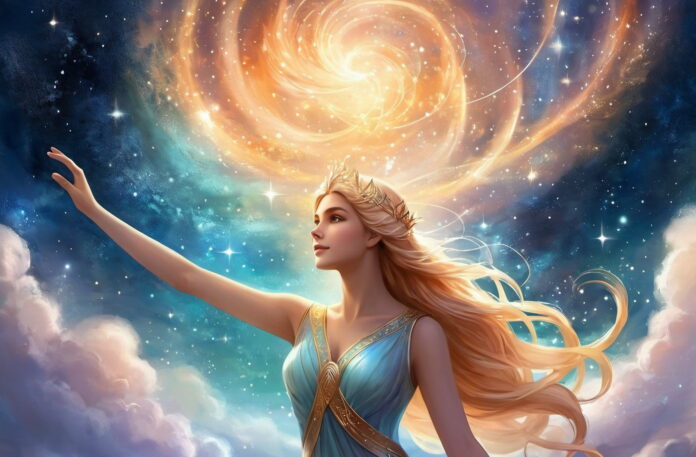They say that if a person can see the beauty of the stars, they will never be alone. After all, with them, there will always be a belief in a small miracle. It’s hard to say how true this statement is, but the fact that stars have adorned earthly nights for thousands of years and have given hope for a better future is undeniable.
For some, they symbolize the souls of those who have departed to another world; others see in the celestial lights a platform for the hypothetical existence of intelligent life, while for others, they are guiding landmarks pointing the way.
Upon closer inspection, people realized that the movement of stars in the sky is not chaotic at all; from year to year, their appearance and disappearance occur systematically. Therefore, for convenience, constellations were distinguished in the heavens, and maps were drawn.
To make it easier to remember the stellar combinations, they were depicted in the form of human figures, objects, or animals. Thus, the constellation Virgo appeared in the night sky.
This constellation is very ancient. It was among those stellar clusters that appeared in Claudius Ptolemy’s “Almagest” (the first atlas of constellations). There, Virgo was depicted with an ear of wheat in her right hand. However, in practice, this image can only be discerned in the sky by people with a well-developed imagination.
Legend of the constellation:
Perhaps the imagination of the ancients gave the constellation precisely this image because the stars that make up it began to shine in the sky during the harvest period. In many ancient civilizations, Virgo symbolized the goddess of fertility.
For example, in Ancient Greece, it was Demeter, who gave people the ability to cultivate the land and reap bountiful harvests. Without her life-giving force and the rains she sent, everything around would have turned into a desert.
Once, Demeter and Zeus had a beautiful daughter. She was named Persephone. From childhood, the girl loved to play with the sun, weave garlands of flowers, and adorn herself and her companions, the Oceanids.
She grew up cheerful, kind, and carefree, and became more beautiful with each passing day. Demeter could not get enough of Persephone and her happiness. And her good mood was transmitted to the fields and gardens. People gathered rich harvests.

But Demeter did not know that at the very moment of Persephone’s birth, Zeus had tacitly arranged her engagement to Hades, the ruler of the underworld. And the time came when the gloomy god wanted to take the girl away as his bride. However, he understood that Demeter would not give up her daughter so easily. Therefore, he decided to act with cunning.
Hades asked Gaia, the earth, to grow an extraordinarily beautiful flower. Persephone saw the plant and wanted to pick it. As soon as the girl tried to touch the bright petals, the earth opened up, and Hades emerged from there in his chariot. He seized Persephone and took her away.
The lord of shadows acted so quickly that none of the Oceanids noticed anything and could not tell where the beauty had disappeared. But her desperate cry was heard by Demeter. But when the goddess rushed into the valley, she found no traces.
The unhappy mother was almost driven mad by grief. In mourning, Demeter put on a black mantle. Tears never dried on her face. But she did not give up and set off in search of Persephone. Everywhere she went, gardens withered, the earth dried up, and crops perished. Only ten days later, thanks to Helios, the sun, Demeter learned that Persephone was in the realm of shadows.
From this news, the goddess became even more saddened. For people, a terrible famine began. Not even sacrifices offered to the gods helped. Zeus realized that soon, due to Demeter’s grief, the entire human race would perish. So, the Thunderer asked Hades to return Persephone to the surface.
The lord of shadows could not refuse the supreme god and released his daughter to her mother. However, before parting, he hugged her tightly and treated her to a pomegranate seed.
Upon seeing Persephone, the goddess of fertility was overjoyed and transported her to the sacred Mount Olympus. There they were met by Zeus, who reasoned as follows: since the girl had eaten food from the Underworld, she would not be able to stay on the surface all the time. Therefore, for most of the year, Persephone would be on Earth, but for three months, she must descend to the realm of shadows to her husband, Hades.
Since then, it has become customary that when Demeter and her daughter are together, the earth is fruitful and feeds people, but when the girl returns to Hades, the divine mother grieves, and winter comes.
The appearance of Virgo, the largest zodiacal constellation, in the sky indicates that Demeter rejoices at the return of Persephone, which means it is a favorable time for harvesting.
Cosmic objects in the constellation:

On a clear night, there are from 95 to 120 stars shining in the constellation Virgo, which are well visible without a telescope or other auxiliary optical devices. But there are not many really bright objects among them:
- Spica (the name translates as “ear of grain”) – this is the most prominent star in this constellation. Interestingly, its magnitude is not constant and fluctuates in the range from 0.92 to 1.4.
- Gamma Virgo, or Porrima (less commonly known as Arich) – a system consisting of two luminaries. The smaller one revolves around the larger one in an elongated arc and completes a full circle in 171 years. The current angular distance between the stars is only 5 inches, so astronomers have long mistaken Porrima for a single star.
- Epsilon Virgo, or Vindemiatrix – the third brightest yellow giant in the constellation. Its feature is that it was after the rising of this luminary that ancient winemakers began the grape harvest.
- Zavijava – a star very similar to our Sun in its physical characteristics.
Visually, they all form the so-called spring triangle, visible in March-April even in conditions of urban sky glow. To find this figure, it is worth taking the “handle” of the Big Dipper as the starting point and mentally extending it. - Initially, the observer will come across the star Arcturus, and then the gaze will fall on Spica. This will be Alpha Virgo. If the imaginary line was drawn correctly, a small square of stars (this is the constellation Corvus) should be to the right of Alpha.
In addition to stars, Virgo is rich in some other unusual objects in its composition. It is worth mentioning the quasar 3C 273 – an object emitting a colossal amount of energy and believed to be the core of a future galaxy. It is the first such astronomical phenomenon officially recognized by science.
Also, in the upper right corner of the constellation Virgo, more than 2,000 distant galaxies, Messier objects, and star clusters can be observed.
Interesting facts about the constellation:
- Largest Zodiac Constellation: Virgo is the largest of the 12 zodiac constellations and the second-largest constellation overall, covering 1294 square degrees of the sky.
- Brightest Star – Spica: Spica, also known as Alpha Virginis, is the brightest star in Virgo. It’s a binary star system, meaning it’s composed of two stars that orbit each other. Spica is about 250 light-years away from Earth and is one of the 20 brightest stars in the night sky.
- The Maiden: Virgo is often depicted as a maiden or young woman holding a sheaf of wheat, symbolizing agriculture and harvest. In Greek mythology, Virgo is associated with Demeter, the goddess of harvest, and her daughter Persephone.
- Home to a Galaxy Cluster: The Virgo Cluster, located within the constellation, contains over 2,000 galaxies. This makes Virgo a treasure trove for astronomers studying galaxies and their interactions.
- Rich in Messier Objects: Virgo contains several notable Messier objects, including galaxies such as M49, M58, M59, M60, M87, and the Sombrero Galaxy (M104). These objects are some of the most studied in the sky.
- Virgo Supercluster: Our own Milky Way galaxy is part of the Virgo Supercluster, a massive collection of galaxies that spans over 110 million light-years. This supercluster is one of the largest known structures in the universe.
- Zodiac Sign: Virgo is a key sign in astrology. If your birthday falls between August 23 and September 22, Virgo is your astrological sign. Virgos are often associated with traits like diligence, practicality, and attention to detail.
- Visible in Spring: In the Northern Hemisphere, Virgo is best seen during the spring months, especially in April and May. It is one of the most prominent constellations during this season.
- The Virgo Stellar Stream: This is a stream of stars that are remnants of a dwarf galaxy that was absorbed by the Milky Way. It’s located in the direction of the Virgo constellation.
- Porrima: Another notable star in Virgo is Porrima (Gamma Virginis), a binary star system located about 38 light-years from Earth. The two stars are so close that they can only be separated using a telescope.
- Astrophotography Favorite: Virgo’s rich array of galaxies makes it a popular target for amateur and professional astrophotographers. The wide variety of galaxy types within Virgo offers a unique view into the different stages of galactic evolution.
- Historical Significance: Virgo has been recognized as a constellation for thousands of years and has held significance in various cultures. The Babylonians associated Virgo with the goddess Shala and her ear of grain, while in Egyptian mythology, Virgo was linked to the goddess Isis.
Famous people born under the sign of Virgo:
- Actor and musician Keanu Reeves
- Cameron Diaz: Versatile actress known for her roles in films such as “There’s Something About Mary” and “Charlie’s Angels.”
- Agatha Christie: Prolific author of detective novels, including iconic characters like Hercule Poirot and Miss Marple.
- Stephen King: Acclaimed author known for his suspenseful and often supernatural novels, including “The Shining” and “It.”
- Greta Garbo: Legendary actress from the Golden Age of Hollywood, renowned for her enigmatic persona and captivating performances.
- Sophia Loren: Iconic Italian actress known for her beauty, talent, and memorable roles in classic films.
- Bill Murray: Versatile actor and comedian celebrated for his roles in comedies such as “Ghostbusters” and “Groundhog Day.”
